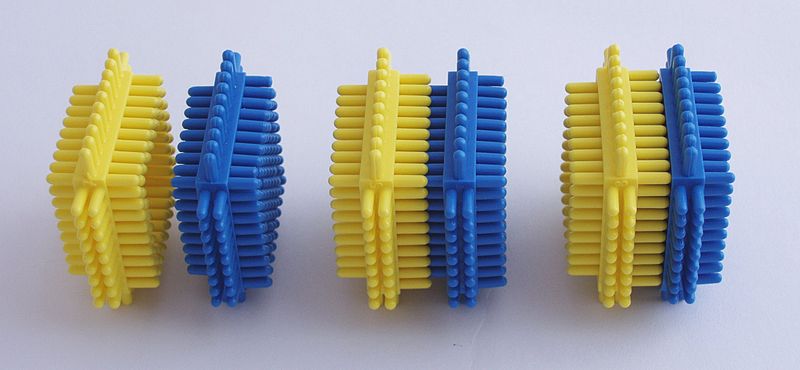As an aside, food plants are interesting from a Lean viewpoint. The vast majority don't carry a lot of excess inventory. Food is highly perishable so if you make extra you are very quickly aware that you have made a mistake. Food plants also by their nature have to be kept clean to meet sanitation requirements. This often gives them a head start on any 5S implementation. The down side for food plants is that the product is often easy to rework so this is not often seen as a waste and many processes are inherently batch. Making a dough is a batch operation, brewing beer is a batch operation. These are processes that are very difficult to do singly.
Back to the tour.
The tour was an exhibition of the value of 5S. The bakery has been running its 5S program for at least 5years, my apologies for not remembering how long. I'm impressed for two reasons. The first that they have kept 5S going for that time, they have not got bored with it, they have not forgotten how things were before and they are keeping going at Sort, Set, Shine, Standardize and Sustain. The second was they were using 5S as the foundation to grow Lean program.
I want to expand on those two points. 5S is one of the strongest Lean tools and often one of the poorest used. Most lean practitioners have experienced a 5S program which was really just a clean up the shop program. In reality 5S can and should be used as one of the drivers of improvement activity. The great 5S programs Sort everything in the work area. The Sort question is used to ask is this necessary? Is this tool, process or material necessary to add value; is there a simpler, cheaper, better flowing, or more reliable option? Why do I need this process, these 4 different bolts or 2 different screw drivers? In fact I would go so far as to say if your 5S program is not driving improvement and change are you doing 5S at all and only maintaining the old standard?
The second point is using 5S as building tool. My preference for growing Lean is to use what already works for you and to keep it simple. If you are building from 5S to visual metrics as Safeway bakery is then having the visual metrics as an extension of 5S is perfect. Why invent and implement another system, which you will have to monitor when you have everything already at your finger tips.
So excellent work Safeway. Only quibble, not allowed to take pictures to share.









